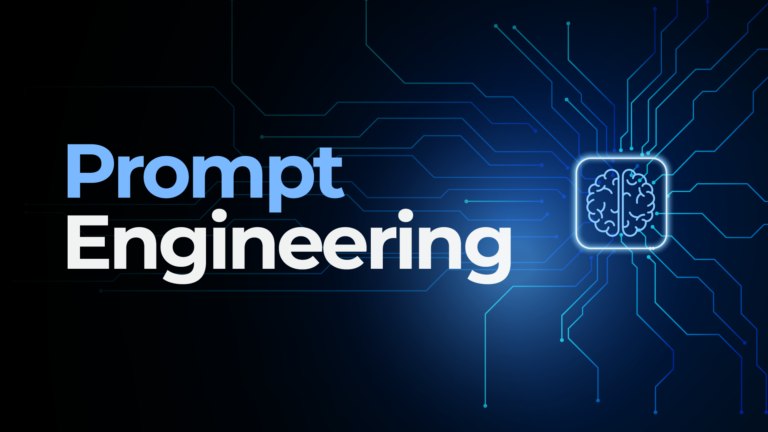Design thinking is one of the hottest things in the creative industry right now. Its popularity has been stewing away for the past few years, and recently came to a boil. Seemingly on the lips of everyone in the industry itching to get a piece of the integrated marketing pie, love it or hate it, it’s probably going to become more ingrained in our everyday lives. Just like that stain you got on your favourite white t-shirt. But is it the mark of well-travelled ruggedness or clumsy lack of dexterity? We put ourselves through and documented the rigours of a design sprint to find out how it adds to the creative process.
What the heck is design thinking?

Did you know searching for the definition of design thinking can make your brain explode?
You’re not alone if you’ve asked “Hi Google, what’s design thinking?”, only to read a couple of sources that leave you more confused than before your search. Hopefully, by the end of this article, things will be a lot clearer. So let’s get to it, David Kelly and Tim Brown coined the term design thinking; however, as a concept, it isn’t new by any stretch of the imagination. But here’s how an expert defines it.
“A discipline that uses the designer’s sensibility and methods to match people’s needs with what is technologically feasible and a viable business strategy can convert into customer value and market opportunity.” — Tim Brown, CEO of IDEO
Since its inception, many thought-leaders (self-proclaimed or otherwise), creative agencies, etc., have hopped on the bandwagon—each adding their flavour to it—for better or worse. If you think design thinking is the latest snake oil marketers are pushing to clients, you’re not alone and would be hard to fault.
A short history of design thinking before it was DESIGN THINKING
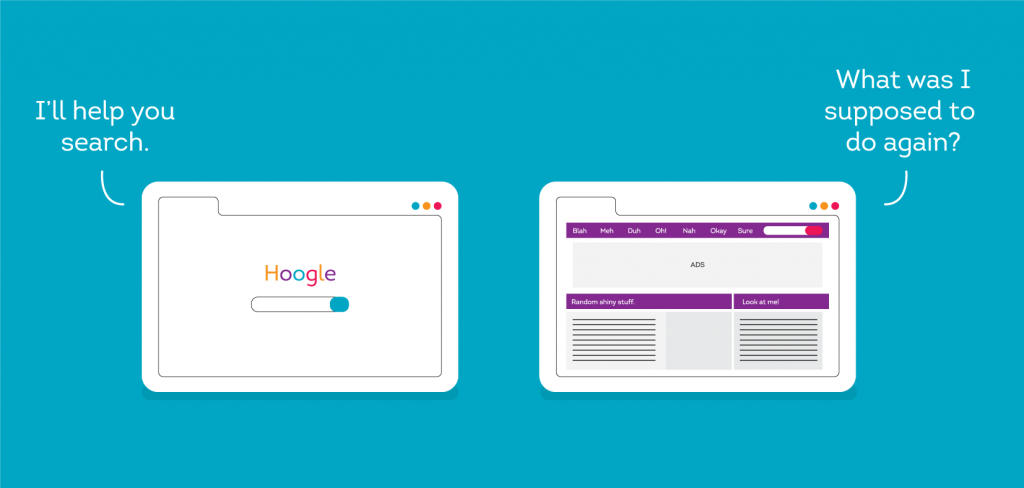
Designing is as old as history itself. In our daily lives, we’re all involved in it or apply it in some way, shape or form. Good design, however, is defined by human-centric processes to create meaningful and practical solutions, i.e., the wheel. And the practice of good designing has had different names and champions through the decades.
1940s: Charles and Ray Eames called it “Learning by Doing”
1950s: Dieter Rams popularised the notion of simple, functionalist design
1960s: Jean Muir made a name for herself with her common sense approach to clothing design
How we define design thinking at antics
To minimise miscommunication and instances of “I thought that’s what you meant” we defined what we’re talking about when we talk about design thinking at antics.
“Design thinking is a hands-on and user-centric approach to problem-solving that is characterised by a process, with the goal of innovation.” — antics@play
And if you prefer and absorb information better through bullet points, here you go.
- A mindset and a method
- Reframe problems
- Start with empathy
- Need – Norm – Novelty
- Think by making
- Iterative and non-linear
- Agent-led
- Not done in 1 day
Are you still scratching your head? These are the 5 general phases of design thinking’s process—a process also known as design sprinting.
- Empathise
- Define
- Ideate
- Prototype
- Test
Practising, playin’ and sprinting with design thinking
Hold up! What’s a design sprint? Well, think of design thinking as the philosophy and design sprinting as the methodology used to solve big hairy problems.
But we couldn’t just tell you about design thinking without actually doing it—that wouldn’t be right. To practise what we preach and work our mental muscles, we locked ourselves in a room with an assortment of beer and snacks. With enough fuel, everyone had a chance to raise issues we’d love to tackle. We’ve all had our fair share of brainstorming sessions, but design sprints are different beasts, and we’re firm believers in hands-on learning.
How we sprint at antics
Empathise with users and define the problem
Looking for problems
Tweaking the design sprint, ever so slightly, because our lovely client projects weren’t going to create themselves. We broke our sprint into 3 separate, 3-hour long sessions. A ‘lite’ version, compared to the standard 5-day long sprint.
No one was coming to us with problems, so we had to find some. So, we went in search of problems. After some introspection, each of us found issues that resonate with us and that we hope to solve, one day. Some were big and serious. Others were bigger and serious-er. From food-wastage to ungracious gym-goers to mental health support to seamless homemaking, we cast our votes and pinned a problem to tackle—it’s still confidential.
Empathising with the end-users
Build it, and they shall come! Right? No, they won’t. In the age of UX, CX and YOUR experiences, it’s all about understanding someone or a group of people’s pains. Then solving their issue. And if possible, going above and beyond to make that aspect of their life as smooth as butter. To truly solve problems, empathy is needed.
But what’s the point? While it’ll probably make you and the world a better place, this isn’t some ‘woo-woo’ magic. Empathy helps to paint a clear picture of the end-user. It’s how we better understand users’ challenges, needs and expectations. Slipping on the shoes of our envisioned users, we felt their frustrations, the experiences that moulded them into who they are, and how to improve not just their—but other groups’ lives.
Defining the problem but keeping limber
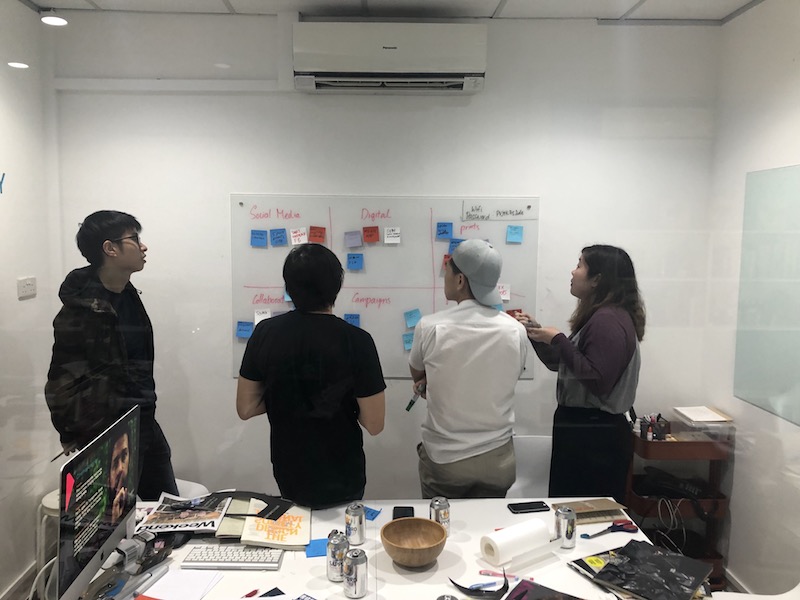
Zeroing in on the root of the issue prevents you from going (too far) off tangent. We’ve all been there before. You’re discussing how to tackle global issues at the beginning of a meeting but end up doing a deep dive into the entire Star Wars franchise.
At the same time, you want to keep it light and not become blind to everything else around the issue that could lend itself to solving it. With a plethora of apps, products and their many functions, inspiration can come from anywhere. Next, you should ask yourself, who else could benefit from the problem you’re trying to solve? Spontaneous and non-linear thinking makes for fresh solutions. The type that makes its legion of users wonder “how did I find food before it was delivered to me?”.
Bias- and criticism-free ideation
Fast-forward to another Friday, and the post-lunch lull has the team in a stranglehold. Just as our brains are about to melt into formless puddles of goo, desktop notifications signal the start of our 2nd design sprint, the ideation stage of our design thinking side project. We snap back to life and assemble in the meeting room with pens, sticky notes and fresh ideas at the ready.
For us, no idea or problem was too audacious or impossible. Like crash test dummies, we transferred our thoughts to sticky notes and sent them careening into the wall.
Now’s the time to disable criticism so that you and your team can play freely. Failing now is an option. And where better for ideas to fail than the confines of a design sprint, on pieces of paper, with only minutes invested. No one wants the face-palm level failures of products like New Coke on their hands—a sticky mess immortalised as case studies and cautionary tales. No matter how many Tide Pods you throw at it.
Design and prototype your ideas
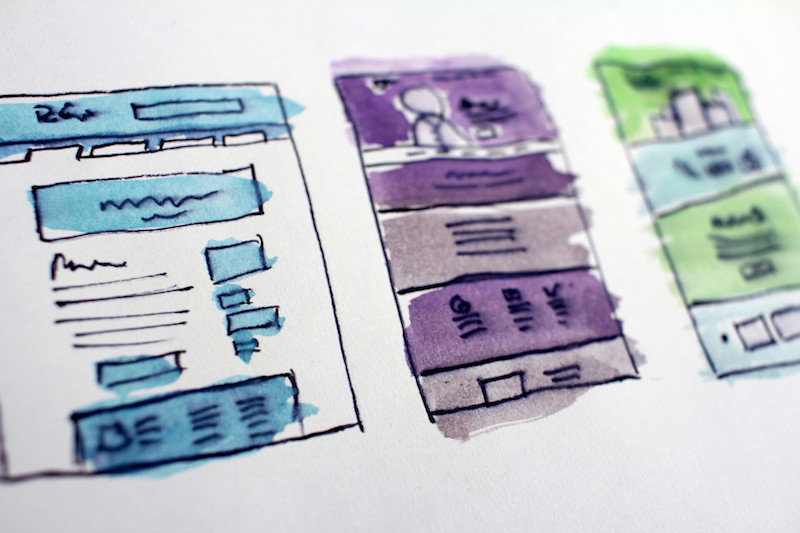
After hours of spitballing ideas and slapping sticky notes on walls, the next step is prototyping. In this phase, you bring the ideas to life and into something tangible. Whether you’re building self-driving trucks or developing the next world-dominating app, the prototyping phase of a design sprint lets you and others stress-test the product. We’ve all come across poorly executed great ideas…Haribo SUGAR-FREE Gummy Bears anyone?
Tinkling transition sound effect

Design thinking could have created better sugar-free gummy bears and not intense toilet sessions.
Helping your customers consume less sugar is a great idea. They get to enjoy sweet gummy treats without the cavities, weight gain and / or chronic health problems. However, the downside to artificial sweeteners is the laxative effect they can have. Your favourite mints, for example, often have warnings on its packaging.
Most people, though, don’t snack on a bag of mints when binge-watching the latest Netflix series. On the flip side, most people don’t eat a single gummy bear. Diarrhoea inducing gummy bears are but 1 of many failed products that (more) prototyping could have saved makers, and their unfortunate consumers, messy cleanups. Want to learn more about the sweet mess? Click here.
Prototype for fewer post-launch pains
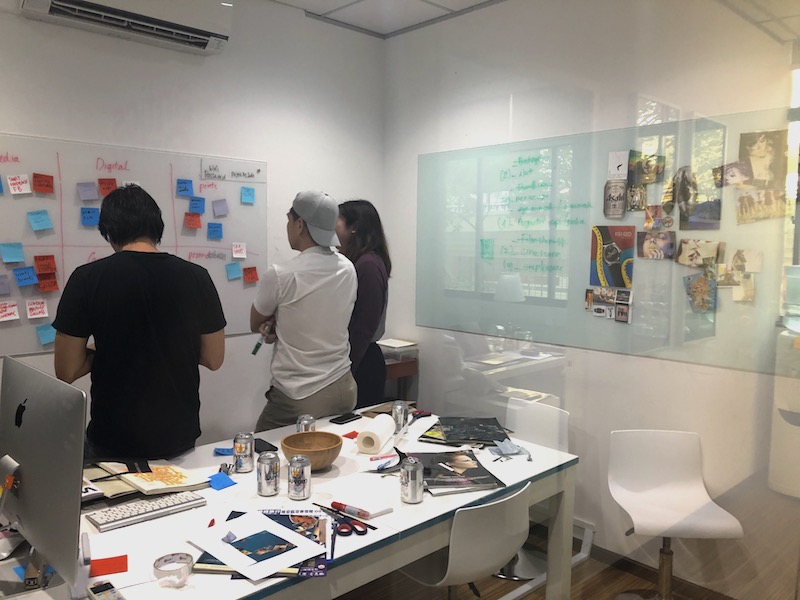
At this point, everything is still malleable and safe from the harsh realities of the market. There aren’t any haters waiting to club your fledgeling product over its head. So prepare it as best you can for users. Because if you hadn’t already noticed, everything—not just design thinking—is all about the user’s experience. From them discovering it to having a pleasant experience interacting with your product, which will have them coming back for more, everything adds or takes away from the overall experience. The colours, shapes, size of elements, where buttons lead to, etc., it all makes a difference.

What will my product look like? Wonder no more with software like Adobe DImensions.
With technology like 3D printing and software like Adobe Dimensions, constantly pushing and redefining the limits of design, creating and presenting mock-ups or prototypes are seemingly limitless. So there’s no excuse not to.

We went looking for inspiration online and off; weekend activities doubled as entertainment and research. We became hyper-aware about everything related to being a user of our envisioned product. Through personal experiences, the benefits of the concept (design thinking) truly shine. Digging through the fluff, and we found that if you embrace its core of empathy and functionality, more meaningful solutions can be created. Back in the office, we studied brands that inspire us, and by pulling our collective experiences together, we regrouped to create mood boards. And once we had a reasonably fleshed-out prototype, we unveiled it to everyone else at antics to get more feedback.
[sg_popup id=”773″ event=”inherit”][/sg_popup]
At the time of writing, our little project is very much, still in its infancy. But so far, we’d say that design thinking and sprints are useful tools to create solutions for just about any problem and can be adopted and adapted by anyone—even kids.






